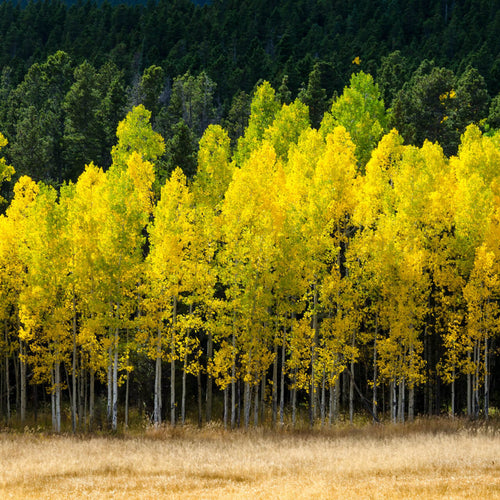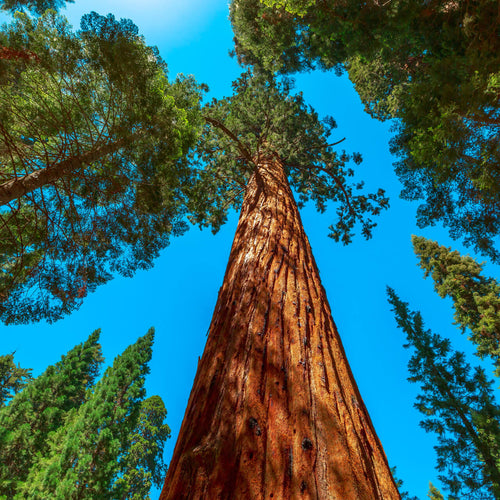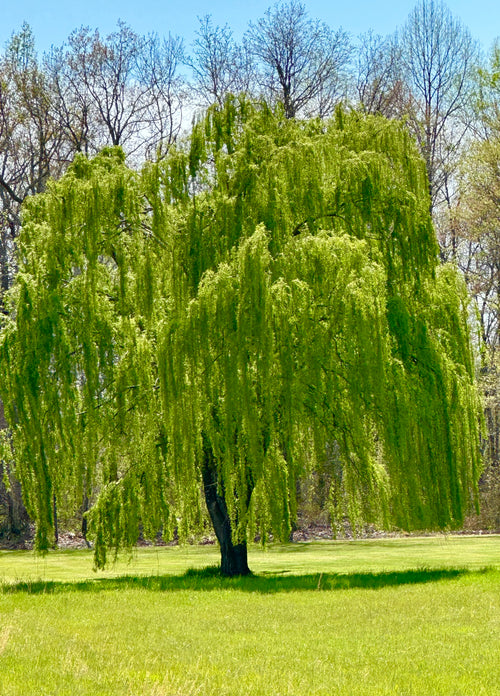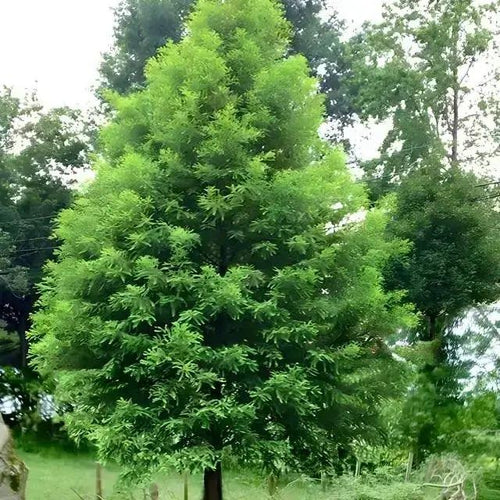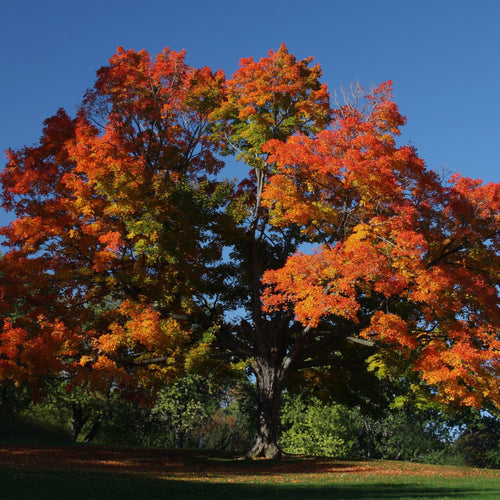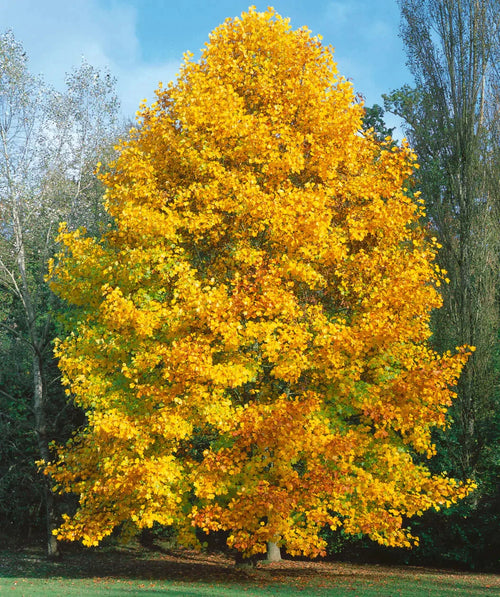Trees play an important role in providing shade and habitat for various species. Regarding landscaping and greening projects, choosing fast-growing trees can expedite the transformation of a barren area into a lush, thriving ecosystem. This article will explore the ten fastest-growing trees that can radically change any landscape.
Hybrid Poplar (Populus spp.)
Hybrid poplars are renowned for their impressive growth rates, often reaching heights of 5 to 8 feet annually. These deciduous trees are excellent choices for providing quick privacy screens, windbreaks, or shade. They thrive in moist soils and full sun. One well-known hybrid poplar is the "Nimbus," a hybrid of Eastern Cottonwood and European Black Poplar.
Dawn Redwood (Metasequoia Glyptostroboides)
The Dawn Redwood is a living fossil that grows exceptionally fast. Native to China, these deciduous conifers can grow 2 to 3 feet annually. Known for their unique feathery foliage, they provide a stunning focal point in any landscape. Their growth rate, combined with their distinct appearance, makes them a sought-after choice for quick landscaping.
Weeping Willow (Salix babylonica)
The Weeping Willow is famous for its gracefully drooping branches, creating an elegant and picturesque appearance. It is a deciduous tree that thrives in wet areas. With growth rates of about 3 to 8 feet per year, it quickly establishes a strong presence near water bodies, preventing erosion and enhancing the beauty of the surroundings.
Leyland Cypress (Cuprocyparis leylandii)
If you need a rapidly growing evergreen tree for privacy screens or windbreaks, the Leyland Cypress is an excellent choice. Its dense foliage and quick growth make it a favorite for creating living barriers in a short period.
It’s a hybrid between the Monterey Cypress and the Alaskan Cedar, and boasts an impressive growth rate of 3 to 4 feet per year under optimal conditions. This vigor makes it an ideal candidate for quickly creating dense barriers that shield properties from prying eyes or provide adequate shelter from strong winds. Its tall, columnar form and lush, dense foliage contribute to a beautifully structured screen that serves its practical purpose and enhances the surrounding landscape's aesthetics.
One of the Leyland Cypress's key advantages is its adaptability to various soil types and growing conditions. Its tolerance to various soil conditions makes it a versatile choice for different regions and climates. While the Leyland Cypress offers numerous benefits, there are a few considerations to consider. Its rapid growth requires regular maintenance, including pruning, to maintain its shape and prevent overgrowth.
Additionally, the tree is susceptible to certain diseases and pests, such as root rot and cypress aphids. Therefore, proper care, including monitoring signs of issues and implementing appropriate treatments, is essential to ensure long-term health and vitality. In conclusion, the Leyland Cypress is a top-tier option for those seeking a rapidly growing evergreen tree for privacy screens and windbreaks.
Royal Empress Tree (Paulownia tomentosa)
Also known as the Princess Tree or Foxglove Tree, the Royal Empress Tree is famous for its large, heart-shaped leaves and impressive growth rate. This deciduous tree provides rapid shade and adds a touch of exotic beauty to the landscape. This tree grows 15 feet each year and can get to a mature height of 50 feet and width of 30 feet in only 10 years! It is considered one of the fastest-growing trees in the world.
Quaking Aspen (Populus tremuloides)
Quaking Aspen trees are known for their distinctive leaves that shimmer in the slightest breeze, creating a captivating effect. These deciduous trees across North America can grow around 2 to 3 feet annually. They are often planted in clusters, making a stunning visual impact in urban and wilderness landscapes.
Eucalyptus (Eucalyptus spp.)
Eucalyptus tree's refreshing fragrance and unique appearance. Native to Australia, these evergreens can grow anywhere from 6 inches to 6 feet per year, depending on the species and growing conditions. Their rapid growth makes them suitable for reforestation and commercial purposes.
Silver Maple (Acer saccharinum)
Silver Maples are known for their striking silver undersides of leaves and their adaptability to various soil types. These deciduous trees, native to North America, can grow around 2 to 3 feet annually. They are particularly well-suited for urban environments due to their pollution tolerance and quick shade provision.
Tulip Tree (Liriodendron tulipifera)
The Tulip Tree's distinct tulip-like flowers and vibrant foliage add to its appeal. Its striking appearance, rapid growth, and adaptability to different soil types make it a popular choice for homeowners, parks, and public spaces. Beyond its visual allure, it is highly valued for its rapid growth rate. The tulip tree can reach impressive heights relatively quickly, making it an excellent choice for creating natural shade and privacy screens. This rapid growth also means it can quickly establish itself as a dominant presence in a landscape design, filling out empty spaces and providing a lush canopy that shelters other plants and wildlife.
Paperbark Maple (Acer griseum)
The Paperbark Maple is renowned for its unique peeling bark that adds visual interest all year round. Native to China, this slow-growing maple still manages a growth rate of around 1 to 2 feet per year. While not the fastest on this list, its distinctive features and manageable size make it an attractive option for small-scale landscaping projects.
Choosing suitable trees for landscaping depends on various factors, including climate, soil conditions, and intended purposes. When rapid transformation is the goal, opting for fast-growing trees can significantly expedite the process and yield impressive results.
From the towering heights of hybrid poplars to the graceful elegance of weeping willows, It's important to note that while fast growth is a desirable trait, ongoing care and maintenance are essential to ensure the longevity of these trees as they continue to thrive and enhance their surroundings.
Shop Our Trees
Visit our online shop for a wide selection of plants and trees, or come say hi at our store location in Tennessee!
We offer fast shipping nationwide so you can start transforming your garden today!
If you have any questions about fast-growing trees or if you have any other plant needs, don’t hesitate to contact us at customerservice@tennesseewholesalenursery.com, we’d love to hear from you!

